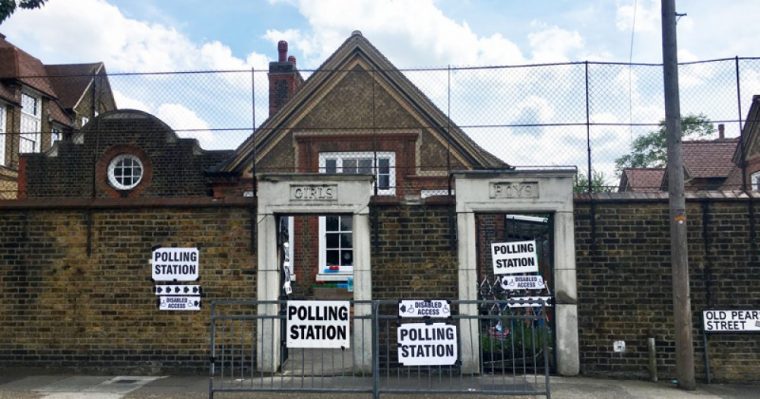
Deciphering the Deeper Meaning of Local Election Results
Local Election results often serve as a barometer for the political climate, providing valuable insights into voter sentiment and potential trends that may manifest in future general elections. While they may seem confined to town halls and county councils, the ramifications of local election results reverberate far beyond, influencing the strategies of political parties and shaping the narrative of national politics. Understanding how to interpret these results can offer a nuanced perspective on the evolving political landscape and the prospects of parties in the next general election.
Regional Variation and National Trends
One of the key aspects of local election results is the ability to discern regional variations in voting patterns. Different regions may exhibit distinct political leanings influenced by historical factors, economic conditions, and demographic composition. Analysing these variations can unveil broader national trends and illuminate the challenges and opportunities facing political parties across different parts of the country. For instance, a surge in support for a particular party in traditionally Labour-dominated areas of northern England could signal a shifting political allegiance among working-class voters. Conversely, a resurgence of the Conservative Party in urban centre may indicate success in appealing to diverse and cosmopolitan electorates. By dissecting these regional nuances, analysts can gauge the potential electoral battlegrounds and the strategies parties might adopt to consolidate their support or make inroads into new territories.
Performance of Minor Parties & Independents
Local elections often provide a platform for minor parties and independent candidates to showcase their appeal and carve out a niche in the political landscape. While their influence may seem confined to local councils, their performance can offer valuable insights into the fragmentation of the electorate and the erosion of traditional party loyalties. A surge in support for minor parties or independents may signify disillusionment with mainstream politics or dissatisfaction with the status quo. This discontent could manifest in protest votes against established parties or reflect broader ideological shifts that may shape the agenda of future general elections. Parties ignore the rise of minor players at their peril, as they could siphon off crucial votes and alter the electoral calculus in key constituencies.
Voter Turnout & Engagement
The level of voter turnout in local elections is another crucial factor in deciphering their significance. High turnout rates may indicate widespread political engagement and a heightened sense of civic responsibility among the electorate. Conversely, low turnout could reflect voter apathy, disenchantment with politics, or perceived irrelevance of local issues. Analysing turnout rates across different demographics and regions can reveal disparities in political participation and highlight areas where parties need to mobilize their supporters more effectively. Moreover, understanding the factors driving voter turnout can inform strategies to galvanize support and energize the electorate in anticipation of the next general election.
Policy Mandates & Leadership Evaluation
Local election results also serve as a referendum on the performance of incumbent administrations and the effectiveness of their policies. Voters often use these elections to express approval or disapproval of local government initiatives, ranging from housing and education to transportation and public services. By scrutinizing the issues that resonate with voters and the outcomes of local policy debates, parties can glean valuable insights into the priorities of the electorate and adjust their manifesto pledges accordingly. Moreover, the performance of party leaders in managing local councils and addressing community concerns can shape perceptions of their competency and leadership qualities, influencing voter preferences in the context of a national election.
Momentum and Momentum Shifts
Perhaps most importantly, local election results can either sustain or disrupt the momentum of political parties in the run-up to a general election. A decisive victory or unexpected setback can bolster the confidence of one party while demoralizing its rivals, altering the dynamics of the political contest. For example, a strong showing by the opposition in local elections may embolden their supporters and undermine the credibility of the ruling party, setting the stage for a competitive general election. Conversely, a commanding performance by the incumbent party could solidify its position and project an aura of invincibility that intimidates challengers.
In essence, local election results offer a multifaceted lens through which to interpret the evolving dynamics of British politics. By dissecting regional variations, analysing the performance of minor parties, evaluating voter turnout and engagement, assessing policy mandates, and discerning shifts in momentum, analysts can uncover the deeper meaning behind seemingly mundane electoral outcomes.While local elections may appear inconsequential in isolation, their cumulative impact on the political landscape can be profound, shaping the trajectory of parties and the contours of future general elections. As such, understanding how to read into the deeper meaning of local election results is essential for anyone seeking to navigate the complex terrain of British politics and anticipate its future direction.